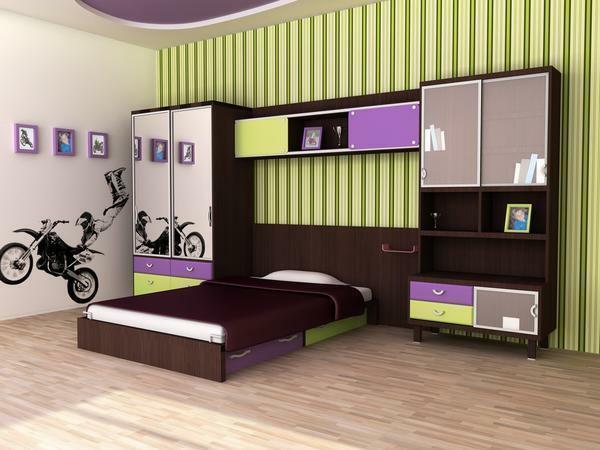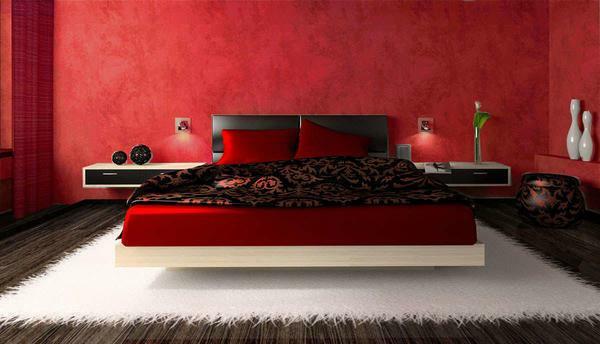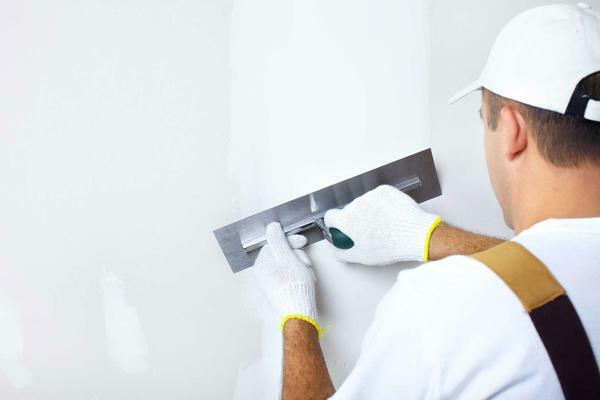 Before beginning work on the wallpapering of the wallpaper, wall plastering is done to mask minor defects - scratches, stains, etc. Modern designs mean covering the walls with decorative plaster, plasterboard, OSB and chipboard, painting, as well as using wallpaper of different types, starting with classic paper and ending with the growing popularity of fiberglass wallpaper that can be used without hesitation in rooms with high humidity, inIncluding in the bathrooms.
Before beginning work on the wallpapering of the wallpaper, wall plastering is done to mask minor defects - scratches, stains, etc. Modern designs mean covering the walls with decorative plaster, plasterboard, OSB and chipboard, painting, as well as using wallpaper of different types, starting with classic paper and ending with the growing popularity of fiberglass wallpaper that can be used without hesitation in rooms with high humidity, inIncluding in the bathrooms.
-
- How to putty the walls under the wallpaper
- Why putty the walls under the wallpaper
- What putty is better for the walls under the wallpaper
- How many layers of putty is necessary for the wallpaper
- Why putty OSB plate for wallpaper, whatChoose a spatula
- Putty chipboard under the wallpaper: how to make the correct
- How to putty wallpaper under the wallpaper
- Is it possible to glue the wallpaper on the plaster without putty
- How is the finishing putty under the wallpaper
- putty(Video)
As soon as the issue with decorative materials is solved, the preparatory stage begins. Surfaces of walls should be cleaned properly, aligned and plastered by all the rules to prevent any problems in the future.
How to putty walls for wallpaper
Doing repairs, someone gives preference to professionals who for a fee will do all the work, and someone dares to do it yourself. For this it is necessary not only to decide which shpaklevku to choose, but also with what surface it is to work.
Wallpaper can be glued to completely different types of wall covering:
- Plaster;
- OSB slabs;
- EAF boards;
- Drywall.
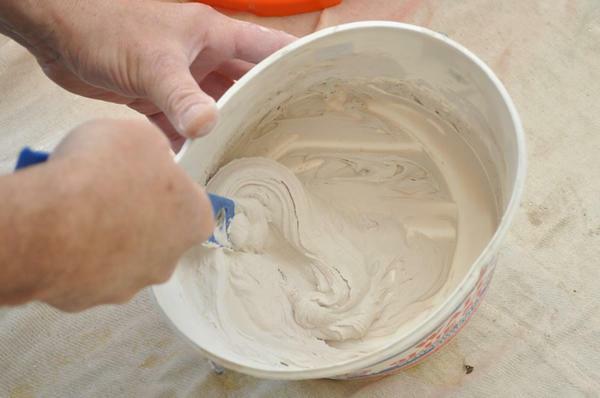 You can use both ready-made mortar and dry mix
You can use both ready-made mortar and dry mix
for the filling of walls. For each of them there is a list of a number of specialized solutions and dry mixes for puttying.
Why putty the walls under the wallpaper
Often the question arises: why do you need to putty the walls, if they go not for painting, but for wallpapering.
In favor of these events there are a number of reasons:
- Putty makes it possible to achieve a perfectly smooth surface, which is necessary for high-quality work with wallpaper. Such activities help to extend the "life" of wallpaper. In addition, over time, even the most unobtrusive uneven walls will be prominently displayed on the wallpaper.
- Application of the solution allows filling the voids of the porous consistency of the plaster - the black finishing material. In the future, such work will save on the adhesives, because it prevents them from soaking, and hence the adhesive surface of the wallpaper will be better to contact the wall surface.
 Tools for laying walls and ceilings
Tools for laying walls and ceilings
Puttying should be carried out even if the repair in the apartment is repeated. When removing old wallpaper or other kind of finishing old plaster is damaged, its top layer can crumble and as a result of it defects appear on the walls.
Which putty is best for walls for wallpaper
First of all, it is necessary to decide what type of filler is suitable for a particular situation.
Depending on the climate, rooms can be tried on:
- Putty for rooms with high humidity - LR type;
- For dry rooms - KR.
Also, the choice of this or that type of putty depends on which surface the wallpaper will eventually be applied to.
It is best that all materials used for wall covering are from the same manufacturer. In this case, there will be fewer difficult situations. For example, buying a starting and finishing mortar putty from one manufacturer, you can no longer think about what kind of granularity of a putty and whether they are combined?Yes, if the firm has supplied you both solutions, they perfectly match with each other.
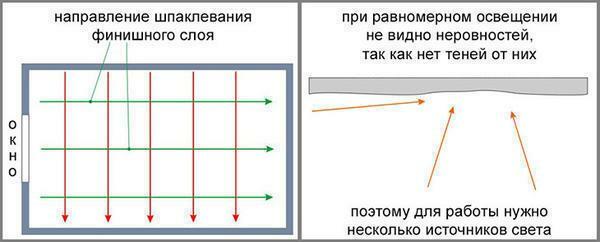 scheme applying putty on the wall
scheme applying putty on the wall
It should not be forgotten that the starting coating is applied in more layers than the finish.
Experienced masters can apply in their work, as a ready-made mortar, and a dry mixture, which is subsequently prepared for immediate application to the surface of the walls. It will be easiest for beginners to use ready-made putty.
How many layers of putty are necessary for wallpaper
Correct puttying is applied by layers with a wide trowel. For convenience, you can also use a small trowel. With the help of it, an even layer is laid out on a wide trowel.
First of all, the surface prepared for wallpaper is covered with a starting solution. It is superimposed with a thick layer in order to smooth out any irregularities. In view of the fact that one layer can not do without such a job, the starting puttying agent is applied two to three times and more if necessary, as a result, the thickness of the obtained layer should be about 2 to 4 millimeters.
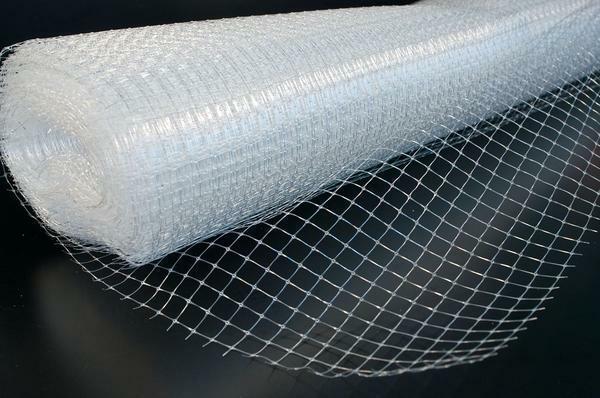 For reinforcement seams on the working surface using a grid-serpyanku
For reinforcement seams on the working surface using a grid-serpyanku
starting mixture has a granular putty consistency unlike finish.
After the entire original layer has dried, this takes an average of twelve hours, you can start working with the final grout. It is applied in one layer, which in turn should be thinner than the starting one, about one-and-a-half millimeters.
The finishing coat is applied in order to complete the alignment and give the walls a final look. After that, you can start working with the wallpaper.
Than putty OSB plate for wallpaper, which to choose a spatula
OSB is an approximate chipboard. It consists of several layers, which can be from 3 to 4.Each layer consists of compressed wood chips, also synthetic wax is added. Due to this OSB is characterized by high physico-mechanical indicators.
OSB boards have a wide range of applications, including wall panels. When using this material, you need to immediately decide how and how to treat the walls before the wallpaper is pasted.
The OSB slab should only be applied to mixtures that are suitable for wood coatings. A feature of such mixtures is that the putty should include in its base oils, synthetic resins or glue.
most often preferred three types of fillers:
- Oil-cool;
- Acrylic;
- Nitro plaster.
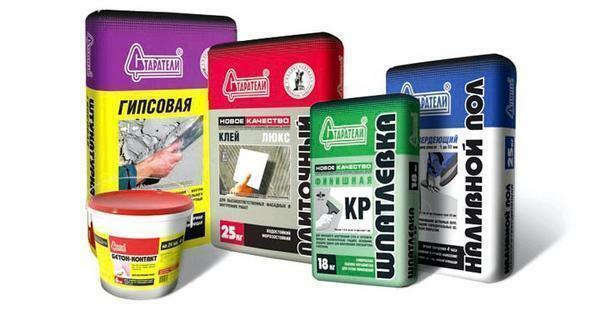 Selection of putty for use depends on the surface structure, which has a variety of defects, requiring immediate removal
Selection of putty for use depends on the surface structure, which has a variety of defects, requiring immediate removal
They have a homogeneous structure without extraneous impurities greater cohesiveness, low shrinkage, which prevents the occurrence of cracksWith subsequent drying of the mixture on the plate. Approximately shpaklyuyut and concrete coatings.
Wall decoration can be, including, and only in draft form, that is, with ordinary plaster.
Caulking chipboard under the wallpaper: how to make the right
Chipboard - is facing material from wood particles produced during hot pressing of particles, mainly wood chips. Due to its characteristics, such as high density, homogeneity of the material, this material is widely used in construction and repair work.
In order to keep the wallpaper as long as possible, it is necessary to pre-coat the working surface of the plates.
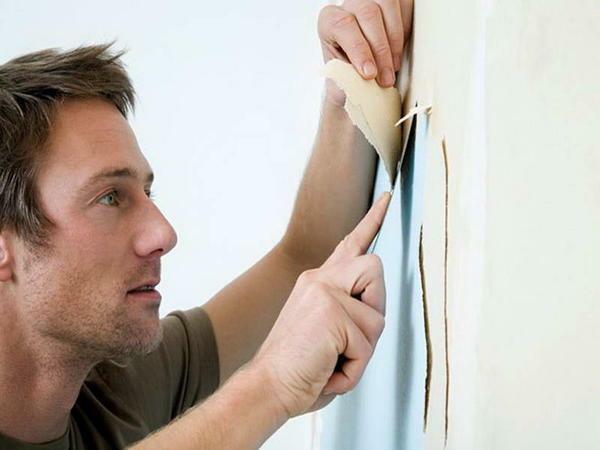 Before embarking on plastered walls, be sure to remove the old paint from the surface of the walls
Before embarking on plastered walls, be sure to remove the old paint from the surface of the walls
In working with particle board used the same types of fillers that are for OSB, ie, filler suitable for wood-based materials. It should be noted that the puttying of corners and seams has nuances. For seams when puttying together with a suitable solution, a mesh-serpyank is also used. This is a universal reinforced material used in the course of work to strengthen the surface and prevent the entry of air bubbles.
How to putty wallpaper for wallpaper
There are situations when you have to putty the old wallpaper, preparing the walls for further finishing works. This is mainly done for subsequent painting.
Do not glue new wallpaper on top of old ones, even if plastered, do not. It is more correct in this case to remove the canvas of old wallpaper and to conduct the filler according to all the rules. Otherwise, serious problems may arise in the future.
Is it possible to glue wallpapers on plaster without puttying
Often, when repairing in apartments, many are wondering: "Why not stick the wallpaper directly on the plaster?".It is believed that this can reduce the cost of preparing the walls.
In this case, it is worthwhile to think about all possible consequences:
- Firstly, if the plaster has irregularities, the wallpaper will also fall on the wall unevenly, which can subsequently lead to their departure from the wall surface;
- Secondly, it should be remembered that the dark plaster, which is the rough finish of the walls, can visually spoil the look of the wallpaper. For example, stand out with dark spots on a light background of wallpaper. Especially it concerns thin and light canvases.
- It is necessary to consider the appearance of the plaster itself. If it has a grainy surface, then the wallpaper can begin to quickly peel off because of the fact that such a coating will absorb the glue.
In the event that it was decided to glue the wallpaper on the plaster, then you should conduct a qualitative preparation of the walls. First of all, the wall is cleaned of the remains of old wallpaper and crumbling top layer of plaster. This is done with a trowel and a rough metal brush. Some apply additional sandpaper.
Secondly, if there are irregularities or cracks on the surface, they must be sealed and aligned. This can help such an instrument as the level.
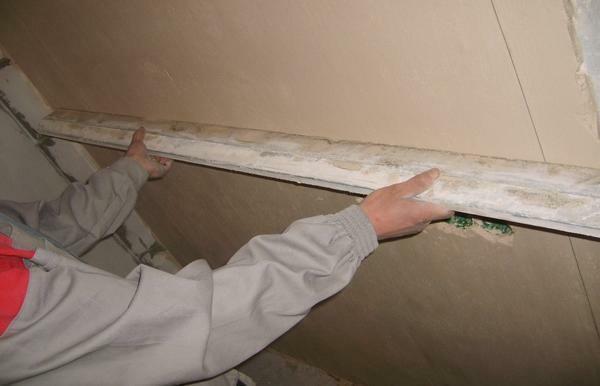 Before gluing the wallpaper, it is necessary to perform the wall leveling procedure using the
Before gluing the wallpaper, it is necessary to perform the wall leveling procedure using the
construction level. Third, a primer is applied to the finished even surface. It covers the entire area of the walls, it is better to perform this procedure twice. When working, you can use a roller or brush. After the surface of the walls is dry, the wallpaper can be glued.
Experts advise nevertheless to put on a rough finish a finishing mix шпаклевки.
How the finishing putty is made for wallpaper
The actual work surface before finishing work should be smooth, clean and dug primed. It should be noted that if any bulges or cracks remain, this kind of solution can not hide defects. Putty finishing "finish" is the final work. It is applied after the full alignment of the walls with the starting solution. It is best that both types of material are from the same manufacturer. In this case, the interaction of the starting and finishing putty will be the maximum possible.
The application of the finishing coat is carried out in a thin layer. The result is an ideal surface for the wallpaper: smooth and consistent with the subsequent coating.
Wall plastering under wallpaper( video)
Thus, it is possible to sum up. If a person wants to achieve the best possible result of repair work, he should know that no matter what the working surface, it must be prepared according to all the rules with plaster solutions starting and finishing type.
